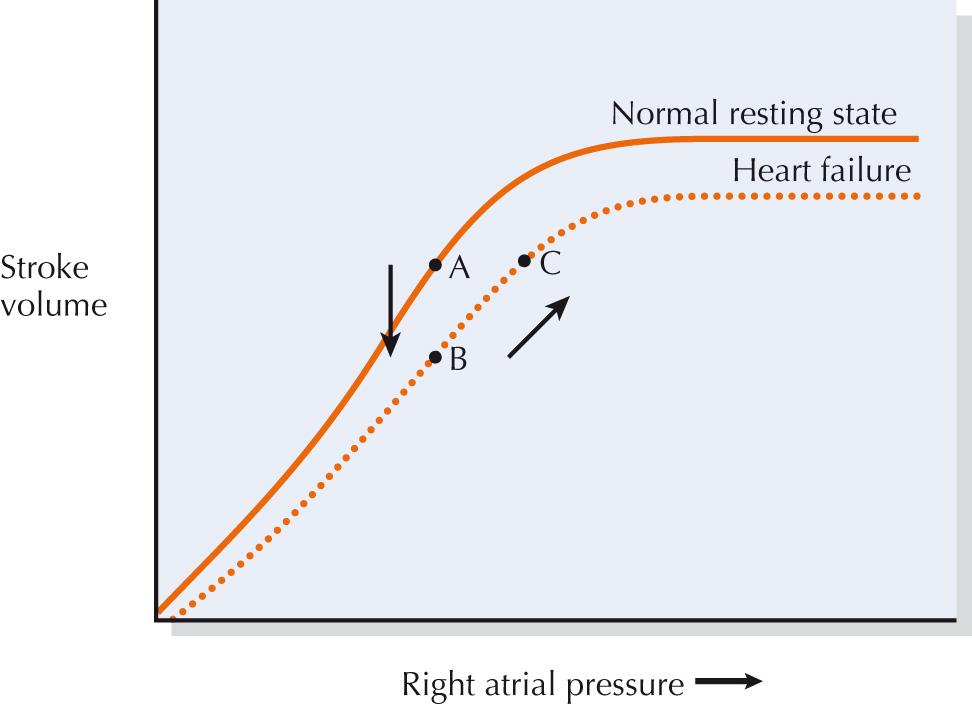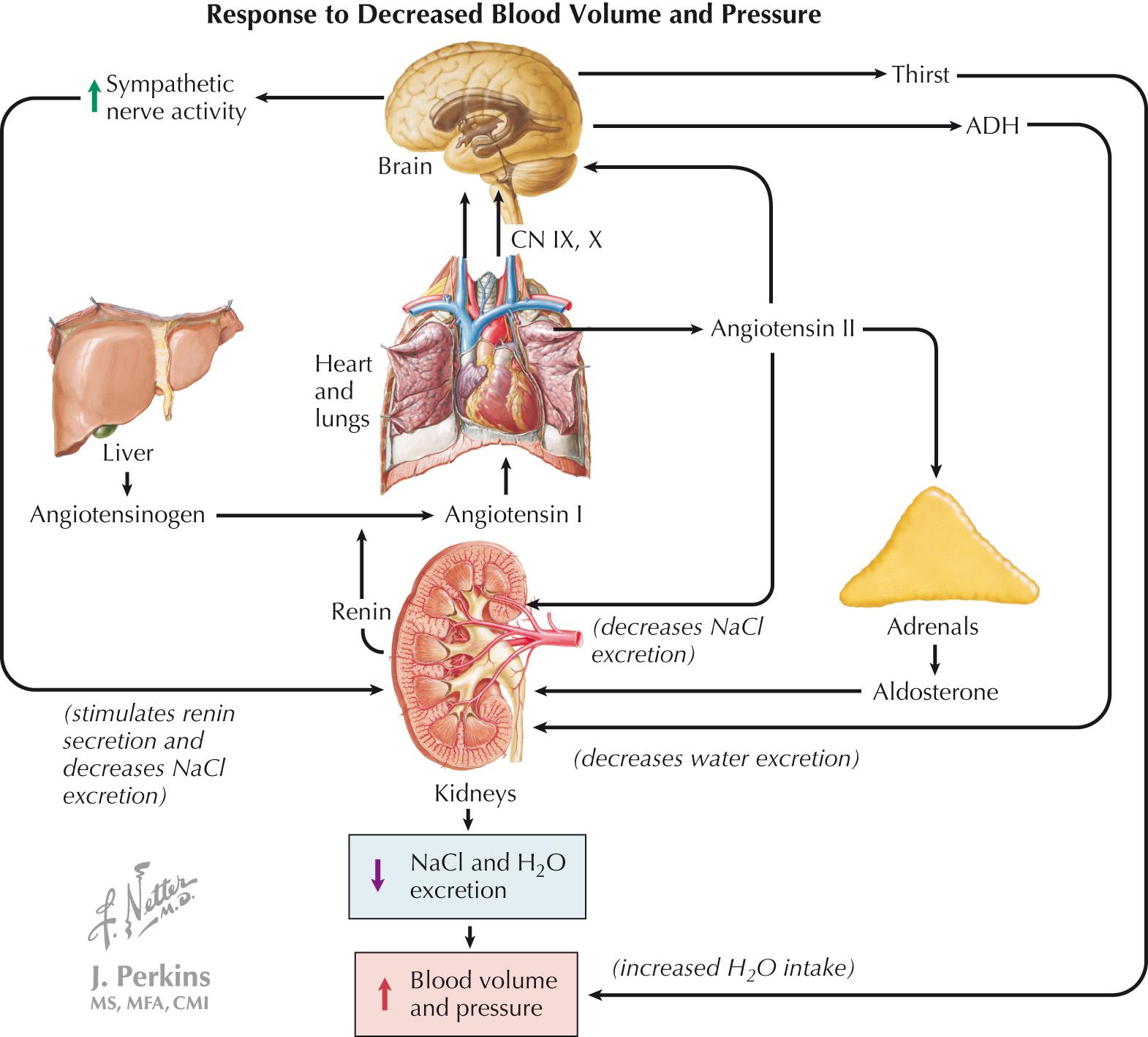Physical Address
304 North Cardinal St.
Dorchester Center, MA 02124
The term acute decompensated heart failure (ADHF) encompasses an array of disease processes related to inefficient cardiac function with compromised hemodynamics and/or volume status. Although ADHF has historically been treated on an inpatient basis, there are increasing trends to intervene on an outpatient basis. Accordingly, admissions for HF have decreased over time. One study that examined epidemiological trends of HF found an approximate 27% reduction in HF admission rates from 2001 to 2009 in the United States. These trends are also true internationally due to improved risk factor control (e.g., hypertension and ischemic heart disease) and implementation of guideline-directed medical therapies.
Despite reductions in ADHF-related hospitalizations, HF-related costs are increasing. In 2013, the American Heart Association released a policy statement “Forecasting the Impact of Heart Failure in the United States” that estimated HF-related expenditures to be $31 billion and predicted doubling of that amount by 2030, mostly related to hospitalizations. Because HF increases with age, affecting up to 10% of those aged older than 65 years, this is particularly relevant to the Medicare population. Accordingly, ADHF is the most common reason for hospitalization in this group and consumes more Medicare dollars than any other diagnosis.
Heart failure hospitalizations can be broadly divided into one-half being caused by HF with a preserved left ventricular ejection fraction (HFpEF) of ≥40% and one-half being caused by HF with a reduced left ventricular ejection fraction (HFrEF). Understanding the specific mechanism that contributed to the presentation of ADHF in an individual patient due to HFpEF or HFrEF is critical to guide therapy. Most patient hospitalizations can at least be partially attributed to a particular cause, including cardiac ischemia, tachycardia, uncontrolled hypertension, renal disease, respiratory disease, as well as medical and dietary nonadherence.
Initiation of negative inotropic medications (e.g., calcium channel blockers and β-blockers) and therapies that increase salt retention (e.g., steroids, nonsteroidal antiinflammatory drugs, and thiazolidinediones) also need to be considered as triggers for ADHF. Finally, substance abuse (e.g., alcohol, cocaine, and methamphetamines) should be considered as a cause for decompensation. Once reversible etiologies of ADHF are identified, it is hoped that their specific treatment will result in improvement of HF (e.g., reperfusion strategies in cardiac ischemia, antiarrhythmic medications for tachycardia, or education for pharmacological and dietary nonadherence).
Regarding the pathophysiology of HFrEF, reduction in inotropy results in a downward shift of the Frank-Starling curve, such that the same blood volume results in decreased cardiac output ( Fig. 28.1 ). With decompensated HF, acute compensatory mechanisms include increased heart rate (by activation of the sympathetic nervous system) and increased blood volume (by activation of the renin-angiotensin-aldosterone system), which allows for similar stroke volume to be achieved ( Fig. 28.2 ). Physiologically, this is accomplished through increased renal renin release, which acts to increase levels of angiotensin II. Angiotensin II then stimulates release of aldosterone from the adrenal cortex and antidiuretic hormone from the pituitary gland, both of which results in increased fluid retention.


Dyspnea is the most common symptom of ADHF. However, this is relatively nonspecific because there are numerous disorders that can cause this. Orthopnea is the most reliable in terms of ability to predict true volume overload. Although there are numerous physical examination findings common to HF, the third heart sound and jugular venous distention are the most specific for diagnosing HF, and increased jugular venous distention has been validated to correlate with elevated pulmonary capillary wedge pressure (PCWP).
Become a Clinical Tree membership for Full access and enjoy Unlimited articles
If you are a member. Log in here